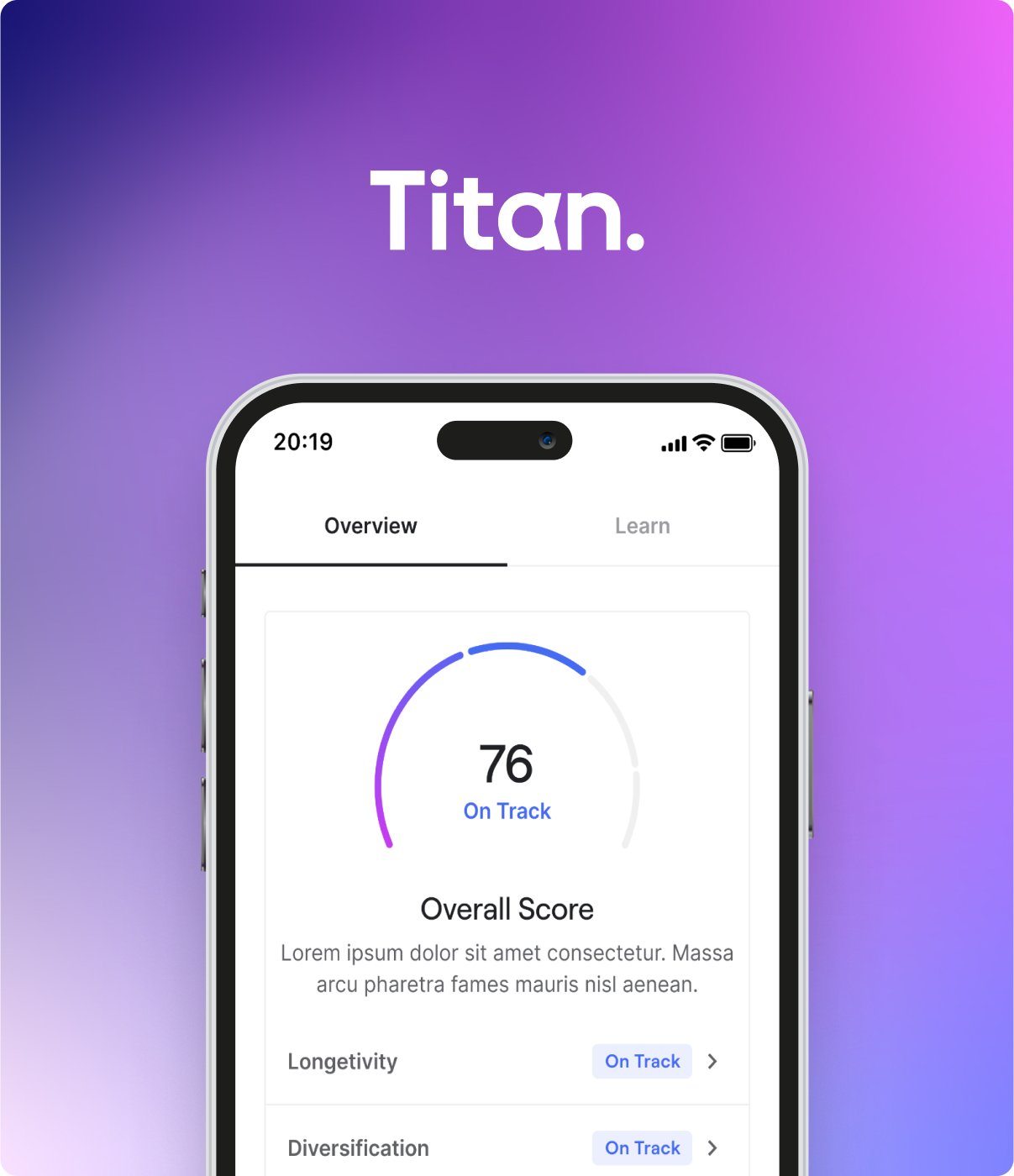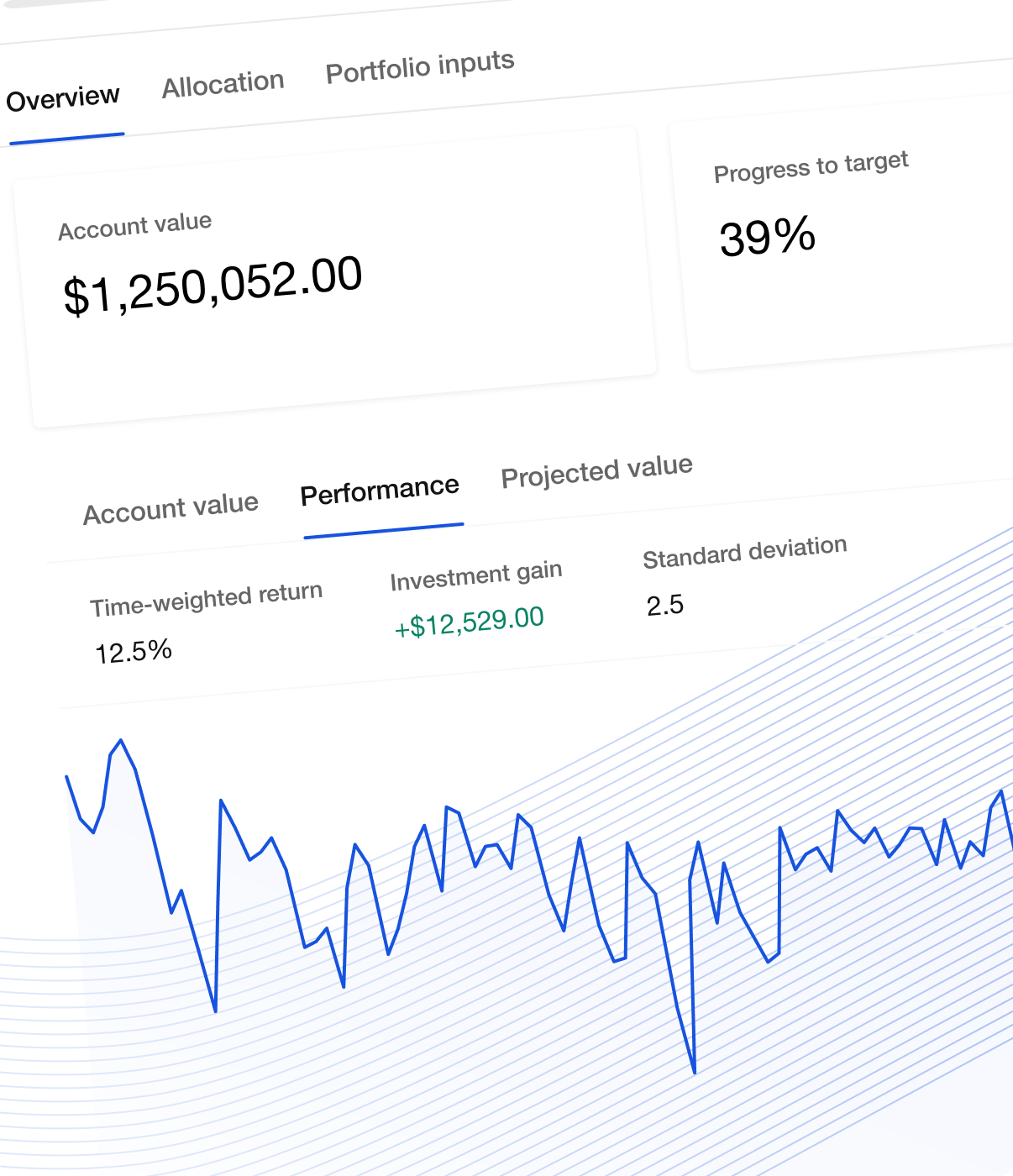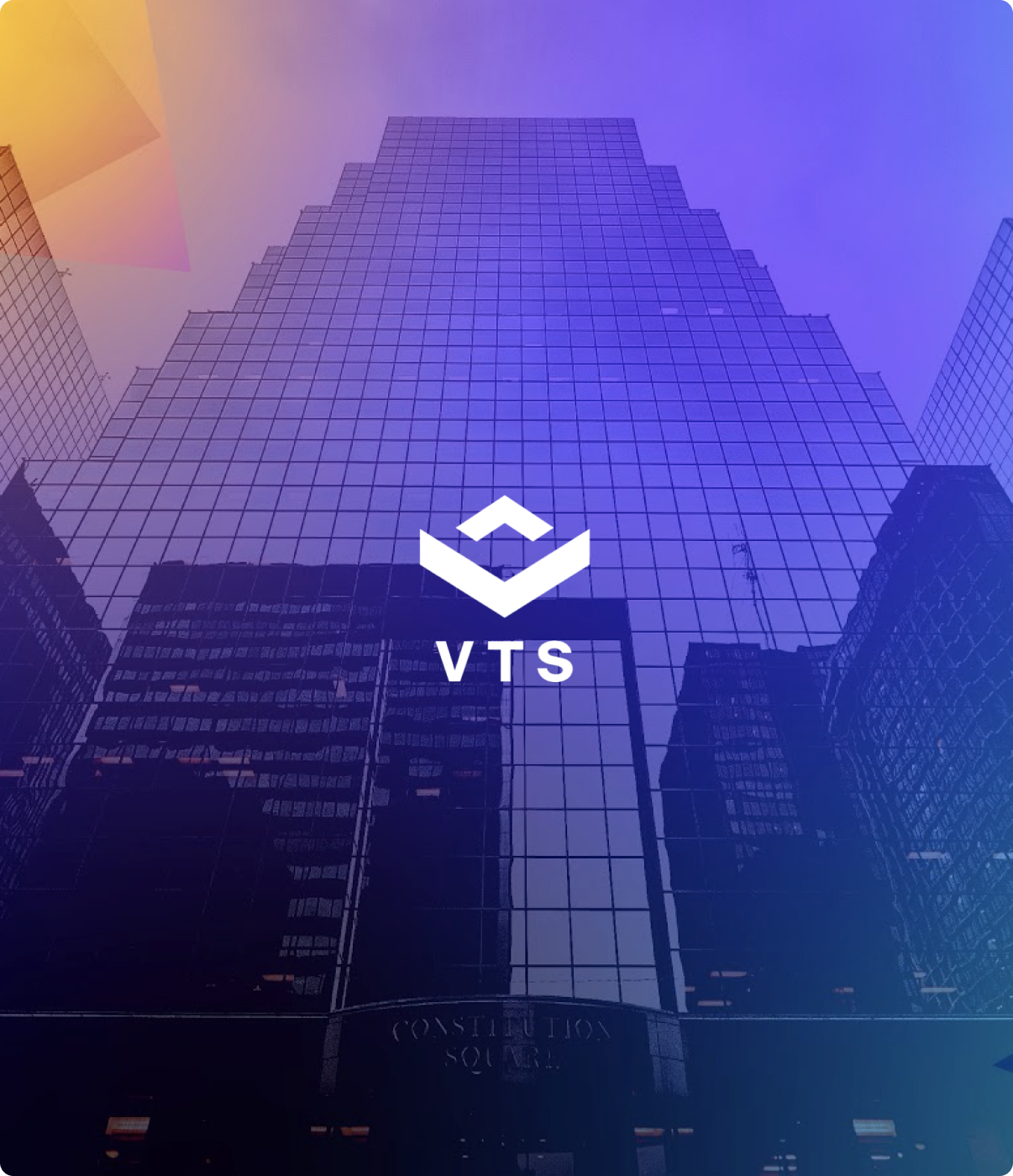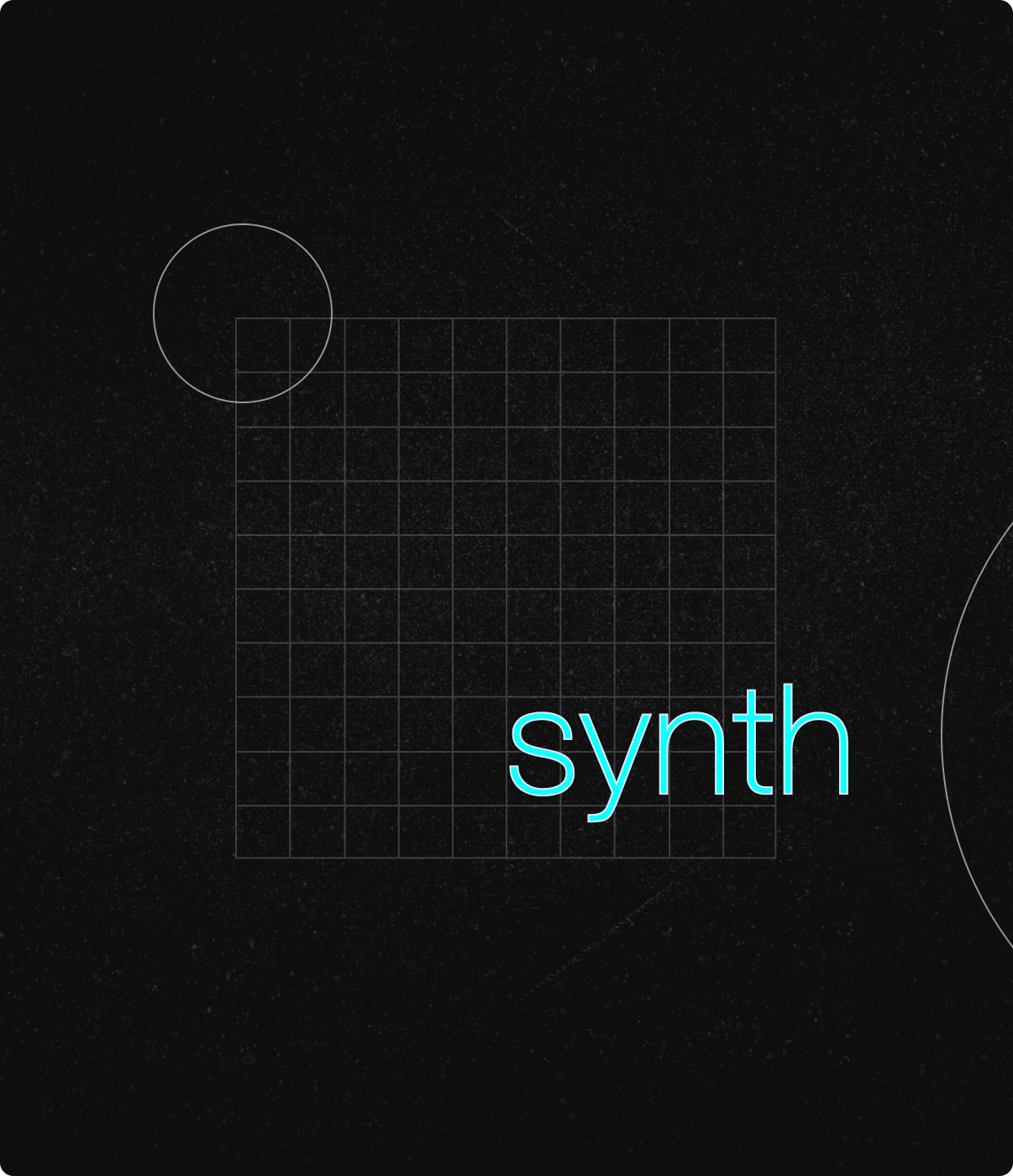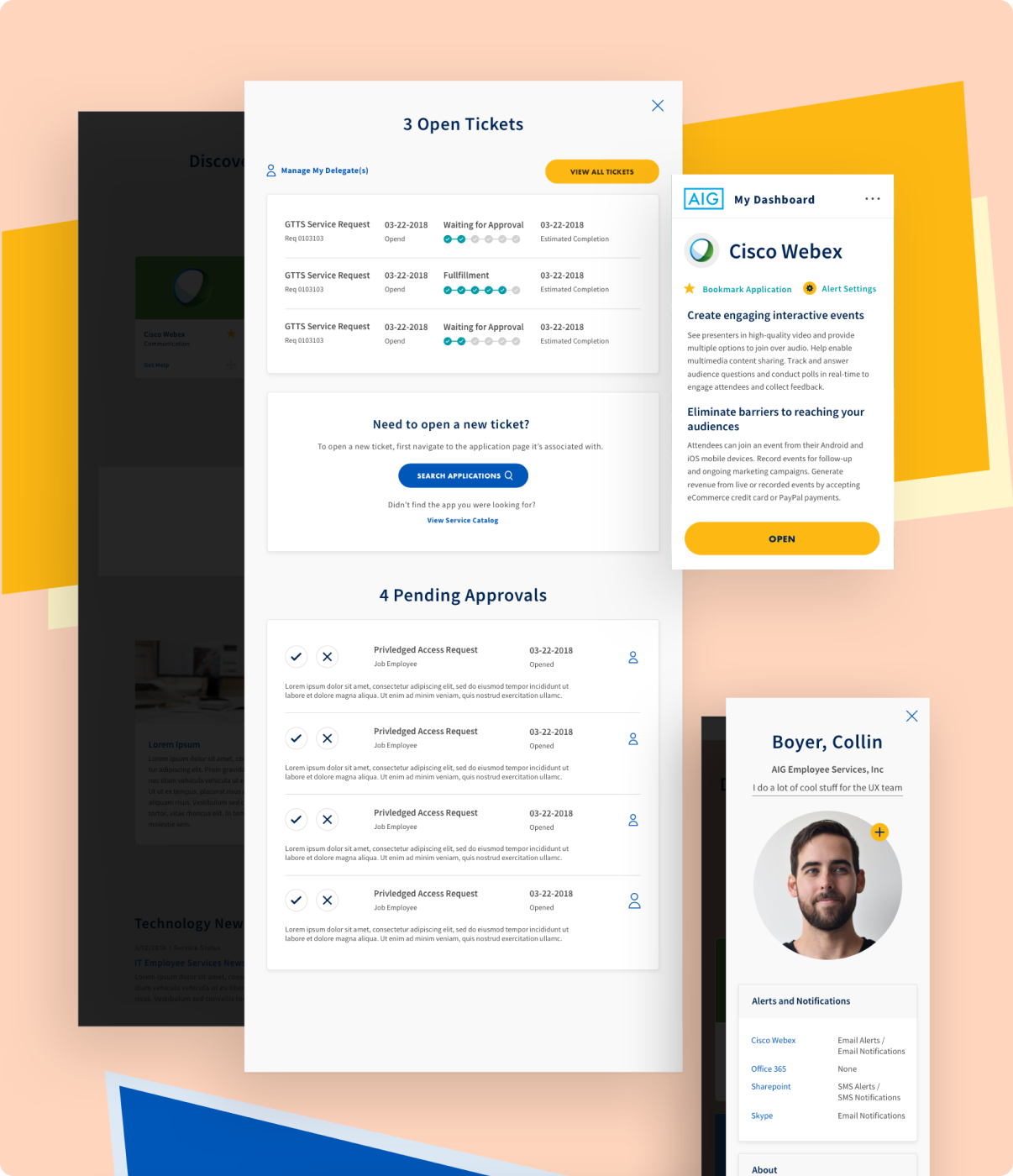RESEARCH AND DESIGN • 2017-2018
Internal Servicing Tool|UX research, design |2017 - 2018
UX Research and Design | 2017 - 2018
MODERN EXPERIENCES FOR A LEGACY COMPANY
Project_Underdog
Project_Underdog
Project_Underdog
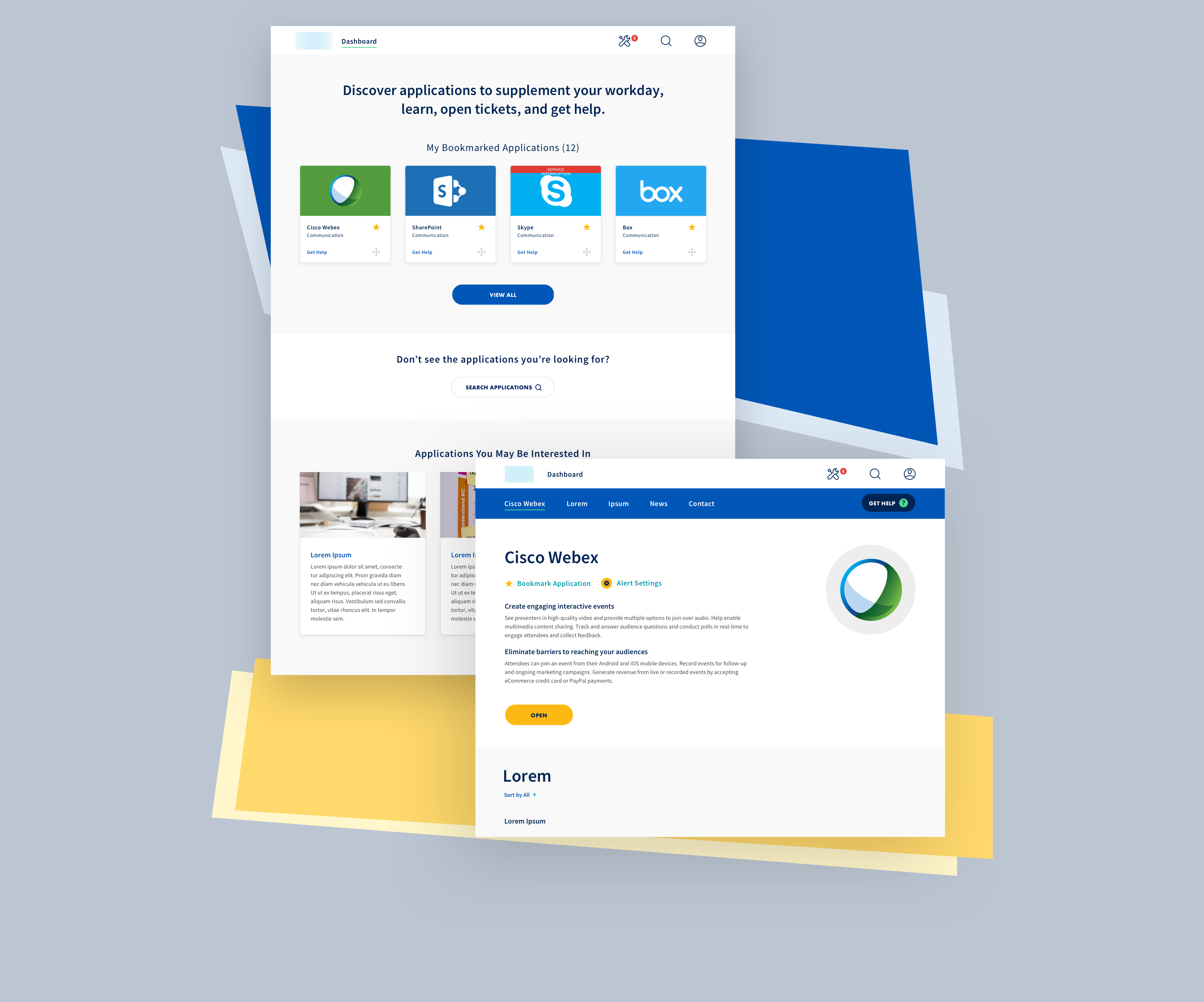
THE SET UP
The Set-up
The Set-up
Disclosure: this project has been scrubbed of details due to company policy.
Project Underdog is the name that our team gave to this project due to the massive undertaking that this project would become, it truly felt like we were underdogs competing against some all-powerful nemesis, equipped with decades-old legacy systems and business practices, whom we were at the total mercy of – to be dramatic about it. Nevertheless, I took on this project from the very beginnings of the discovery phase, into sketches, wires, comps (final visuals were made by our senior designer Josh Leavitt), usability testing, interations and development.
Disclosure: this project has been scrubbed of details due to company policy.
Project Underdog is the name that our team gave to this project due to the massive undertaking that this project would become, it truly felt like we were underdogs competing against some all-powerful nemesis, equipped with decades-old legacy systems and business practices, whom we were at the total mercy of – to be dramatic about it. Nevertheless, I took on this project from the very beginnings of the discovery phase, into sketches, wires, comps (final visuals were made by our senior designer Josh Leavitt), usability testing, interations and development.
The employee self-service tool is an internal one-stop-shop for all service requests, application downloads, and education materials. While there were different resources out there to accomplish these needs currently, all of them failed to hit their mark and were simply not providing the value that employees really longed for. Our job was to change this.
The employee self-service tool is an internal one-stop-shop for all service requests, application downloads, and education materials. While there were different resources out there to accomplish these needs currently, all of them failed to hit their mark and were simply not providing the value that employees really longed for. Our job was to change this.
Research
Research
Our first task was to discover what it takes to build a comprehensive self-servicing platform for more than 60,000 employees spread across the globe. From stakeholder interviews, we understood that the primary area of focus for research should be around what it takes to make a successful self-service experience and what users value most in these types of services.
These were the types of questions we probed for in our user interviews, along with trying to extract what they find helpful or not in the current tool. We learned quickly that employees have a very charged opinion around the notoriously difficult experience. I supplemented the interviews with competitive research, site and transactional data from our ticketing providers, and mock-stimuli which was presented to users for feature-based feedback.
Our first task was to discover what it takes to build a comprehensive self-servicing platform for more than 60,000 employees spread across the globe. From stakeholder interviews, we understood that the primary area of focus for research should be around what it takes to make a successful self-service experience, and what users value most in these types of services.
These were the types of questions we probed for in our user interviews, along with trying to extract what they find helpful or not in the current tool. We learned quickly that employees have a very charged opinion around the notoriously difficult experience. I supplemented the interviews with competitive research, site and transactional data from our ticketing providers, and mock-stimuli which was presented to users for feature-based feedback.
Putting it on Paper
Putting it on paper
The output of our research was an in-depth look into how our users behave while shopping online and at-work servicing, areas of opportunity, and two primary archetypes: the "Advice Seeker" and the "Go-Getter".
This project was ran entirely lean, so for our first sprint we tackled the most intricate page: the product page. Usually I tend to start simple with a pen and paper and ladder up my work into a variety of design tools, primarily Sketch (and sometimes Axure if planning on putting the designs in front of users mid-sprint).
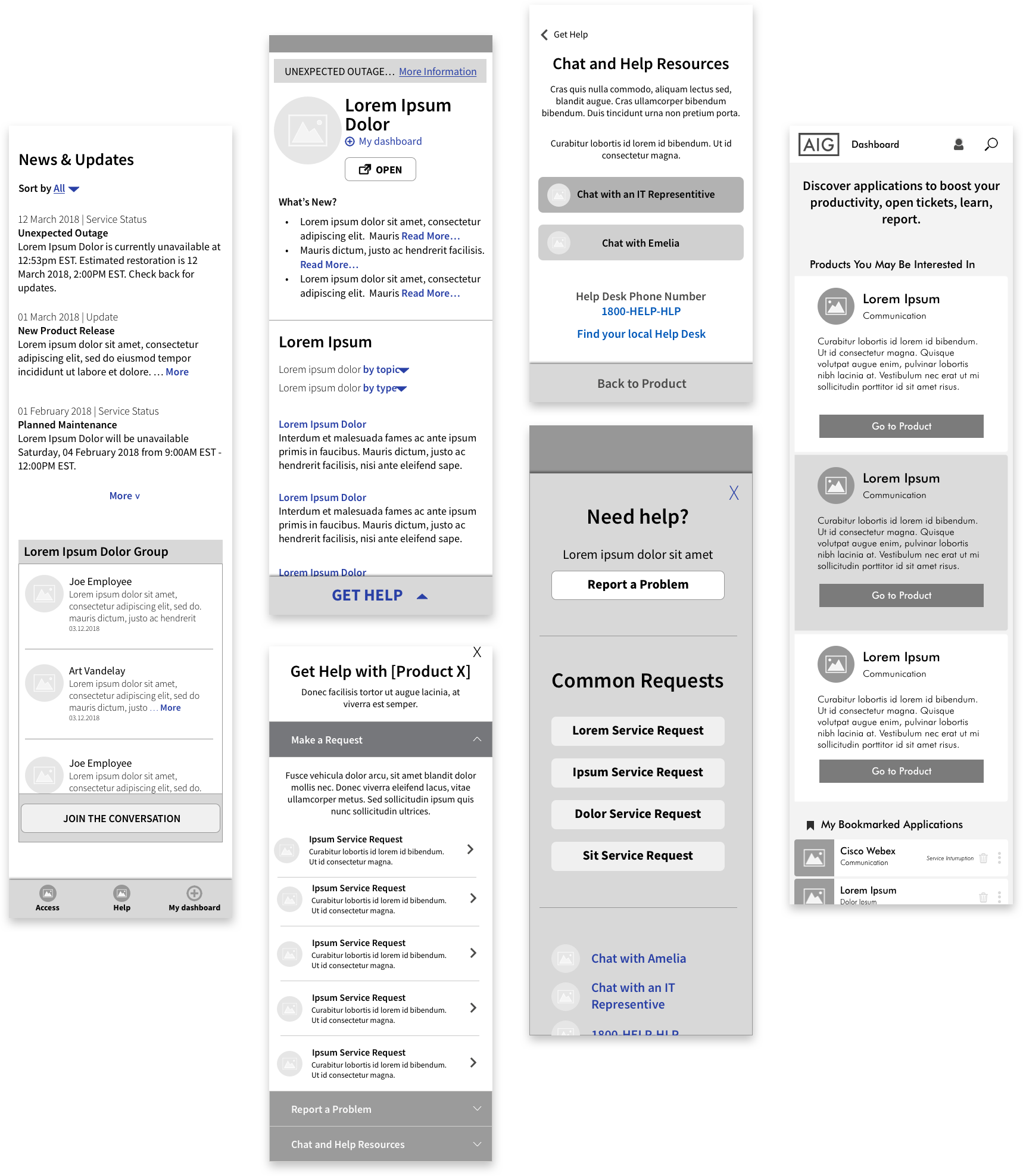
Translating to design
Translating our findings into design
Some particular challenges we faced were managing content heavy requirements with limited real estate and designing the coinciding information architecture systems. Interestingly, finding that most users had developed unnormally tech-high standards through their experiences outside the workplace became a particularly tough hurdle to account for. The amount of content that we were incorporating into this tool was so large that it required focus on representing user's mental models properly, ultimately requiring extra face-time with some users. We brought in a content strategist from our team to help with the auditing the databases of our legacy systems.
The output of our research was an in-depth look into how our users behave while shopping online and at-work servicing, and two primary archetypes: the "Advice Seeker" and the "Go-Getter".
Using these archetypes as references to design by we started ideating for mobile-first screens, while methodically cross-checking our work and with the stakeholders including our third-party development team, for feedback and approval.
Some particular challenges we faced were managing content heavy requirements with limited real estate and designing the coinciding information architecture systems. Interestingly, discovering that most users had developed unnormally tech-high standards through their experiences outside the workplace became a particularly tough hurdle to account for. The amount of content that we were incorporating into this tool was so large that it required focus on representing user's mental models properly, ultimately requiring extra face-time with some users. We brought in a content strategist from our team to help with the auditing the databases of our legacy systems.
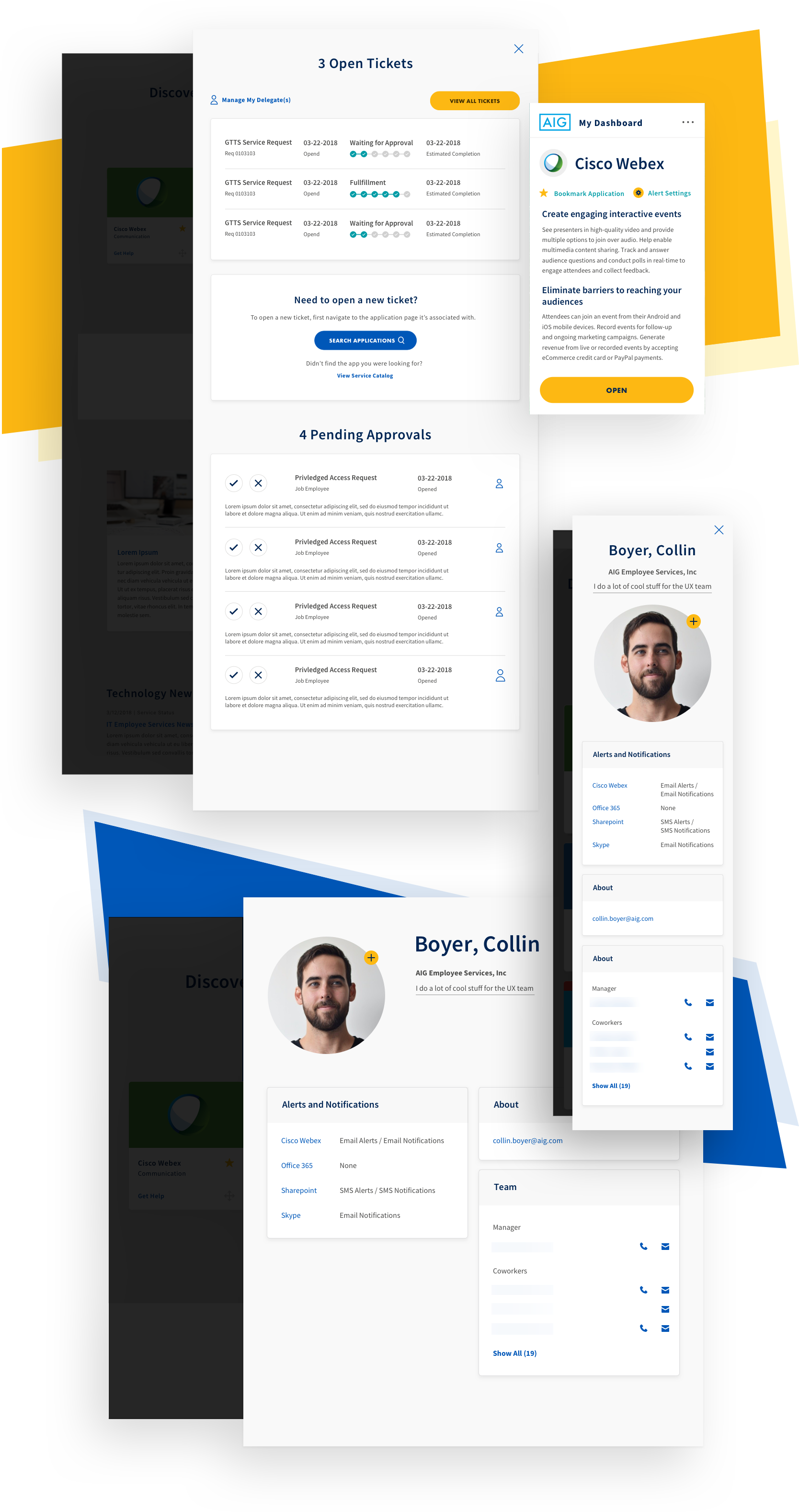
Iterating and feedback
Iterating and feedback
I was thankful to be able to get our designs in front of users before handing off to development at the end of each sprint. I was able to get feedback directly from employees by building (usually) unmoderated task-based studies in Userzoom. The data that was returned from these studies would be quickly implemented in the designs.
I’m a big proponent of implementing thorough site analytics into any digital product I build. In my experience I’ve encountered cases where the site data is more illuminating of user behavior than any other method. Beyond that, it proves to be a valuable tool to validate or disprove findings you may have settled on with other studies. So, myself and others have worked hard at implementing this functionality into the new site.
I was thankful to be able to get our designs in front of users before handing off to development at the end of each sprint. I was able to get feedback directly from employees by building (usually) unmoderated task-based studies in Userzoom. The data that was returned from these studies would be quickly implemented in the designs.
I’m a big proponent of implementing thorough site analytics into any digital product I build. In my experience I’ve encountered cases where the site data is more illuminating of user behavior than any other method. Beyond that, it proves to be a valuable tool to validate or disprove findings you may have settled on with other studies. So, myself and others have worked hard at implementing this functionality into the new site.
